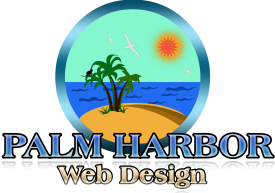A content management system (CMS) is computer software used to manage the creation and modification of digital content. CMSs are typically used for enterprise content management (ECM) and web content management (WCM).
CMS Features & Capabilities
The core purpose of CMS software is to simplify content processes for non-technical people. Users can focus on creating, organizing, and delivering content instead of wrestling with code.
The most common features and capabilities of a good content management system include:
The most common features and capabilities of a good content management system include:
- WYSIWYG (what-you-see-is-what-you-get) editor page templates
- Library of website themes
- Content versioning and archiving
- Mobile optimization & responsive design
- Publishing workflow
- Form generation
- Content scheduling
- Asset management (images, articles, etc.)
- Page caching (or other features to speed the delivery of content to the site)
- SEO support
- Tools to tag content and create a taxonomy
- Browser compatibility
- Bulk management
- E-commerce functionality (i.e., catalog, shopping cart, payment processing)
- Community management (i.e., commenting, profiles)
- Localization/regionalization with multi-lingual content
- Other personalization options
- User roles and permissions
- API
- Analytics tools
- Import/export content

